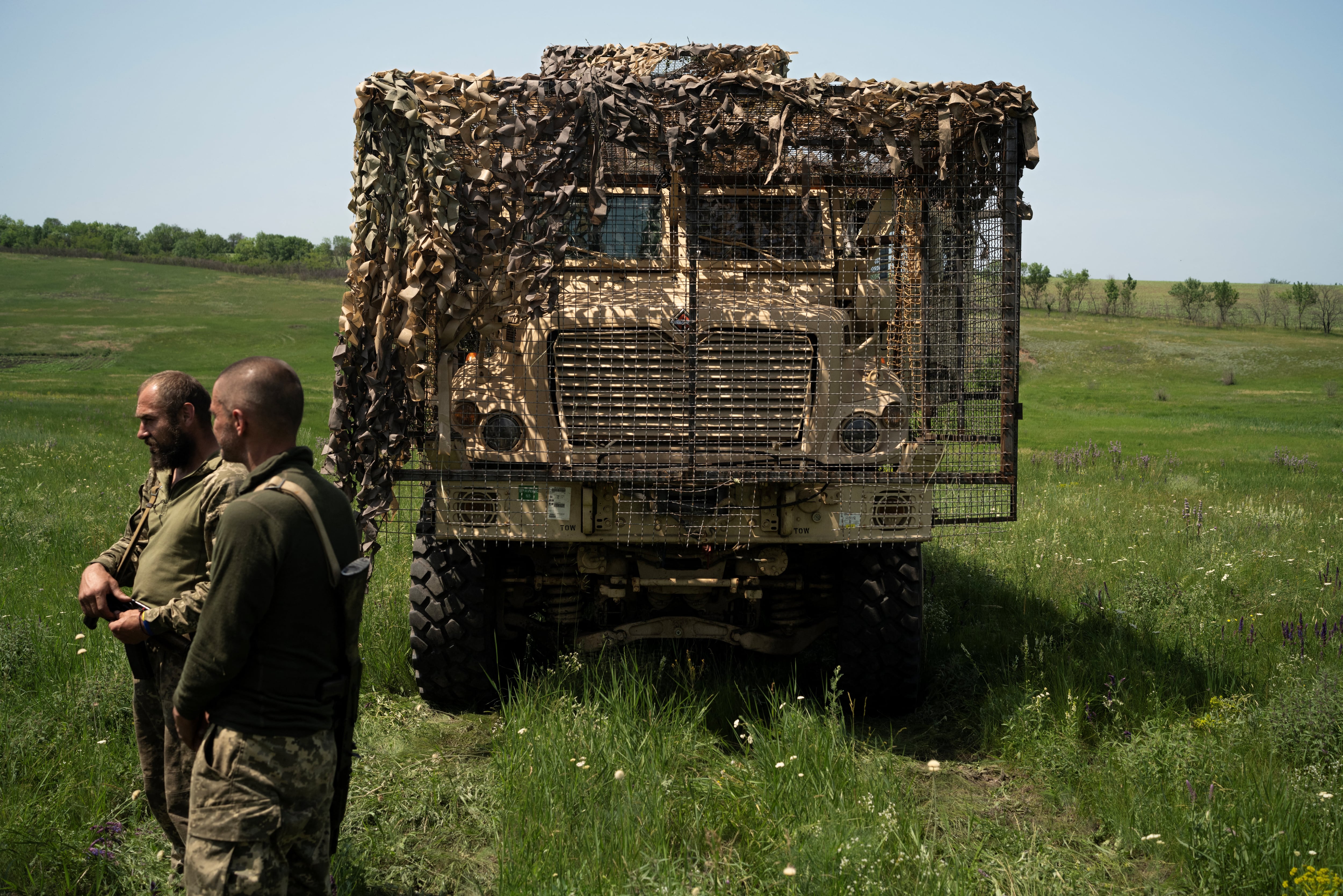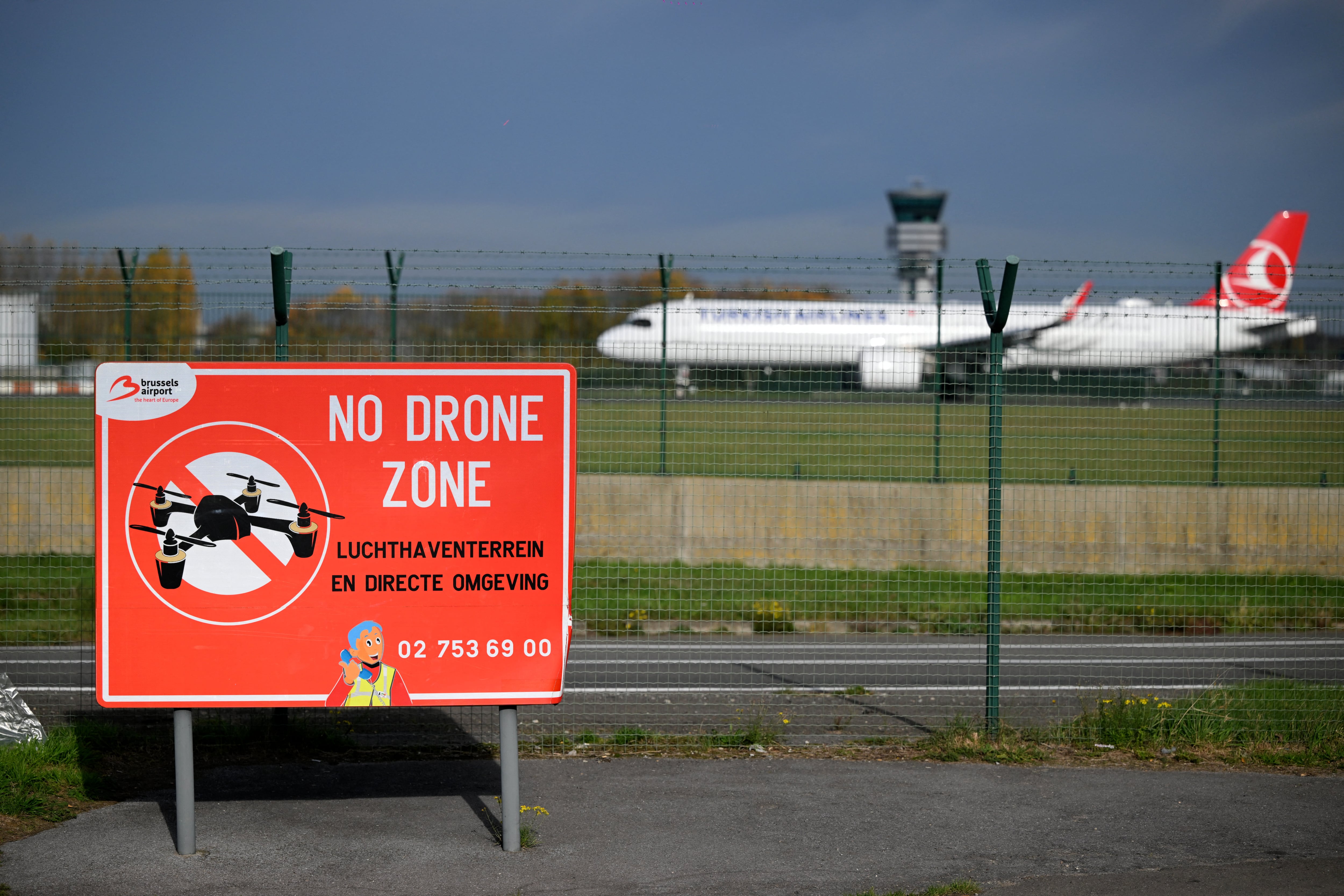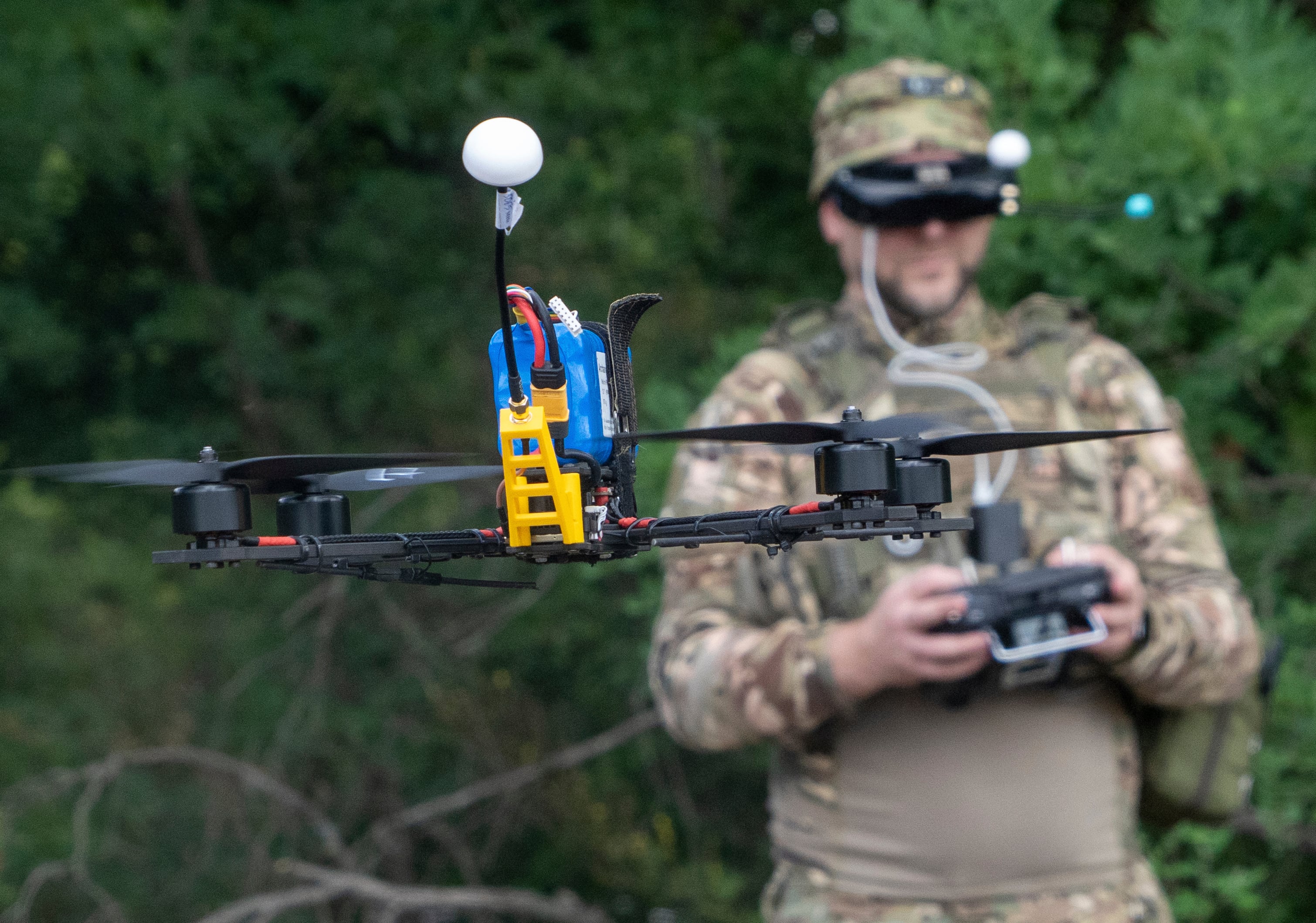Varda Space Industries, a California-based, in-orbit manufacturing company, recovered its third reentry capsule Wednesday, providing new data to support the Air Force Research Laboratory’s hypersonic research efforts.
Funded by AFRL, Varda’s W-3 capsule launched March 14 on Rocket Lab’s Pioneer satellite, which provided power, communications and propulsion for the system. It landed May 13 at Koonibba Test Range in South Australia.
The Varda capsule carried an inertial measurement unit — built for the Air Force by Innovative Scientific Solutions Incorporated and designed to allow systems to navigate and maneuver without GPS.
According to Varda, the W-3 capsule reentered Earth’s atmosphere at speeds that exceeded Mach 25, considered an “extreme” environment that can provide the military with new information about how systems perform in hypersonic conditions.
“The W-3 mission will provide unprecedented data to advance next-generation space and defense capabilities and continue to provide hypersonic environments to the reentry test community,” Dave McFarland, Varda’s Vice President of Hypersonic and Reentry Test, said in a statement.
Varda was founded in 2021 with a plan to send “production facility” satellites to space and manufacture everything from pharmaceuticals to fiber-optic cables in a zero-gravity environment. Because the capsules it uses to return the objects to Earth travel through a hypersonic environment, AFRL and NASA have partnered with the firm to use those vehicles as high-speed, reusable testbeds.
That application helped Varda secure a $60 million strategic funding increase in 2023 from AFRL, NASA and several private investors. Last November, AFRL awarded the company a four-year, $48 million contract to continue testing military payload reentry through a program called Prometheus.
Varda recovered its first capsule in 2024 in Utah and its second in February, also at the Koonibba Test Range. Varda’s fourth spacecraft is in the midst of integration and testing in California at Rocket Lab’s Spacecraft Production Complex.
The company has indicated that its first two successful missions proved the versatility of its W-series vehicle to fly a range of payloads and have given it the confidence to shift its focus to increasing the system’s launch cadence.
“For our pharmaceutical customers, increased cadence means we are able to more closely match drug development timelines,” the company said in a May 8 press release. “For defense customers, it allows for faster iteration between tests. And for microgravity researchers, we can offer a faster turnaround time between the design of an experiment and receiving data to iterate on.”
Courtney Albon is C4ISRNET’s space and emerging technology reporter. She has covered the U.S. military since 2012, with a focus on the Air Force and Space Force. She has reported on some of the Defense Department’s most significant acquisition, budget and policy challenges.








